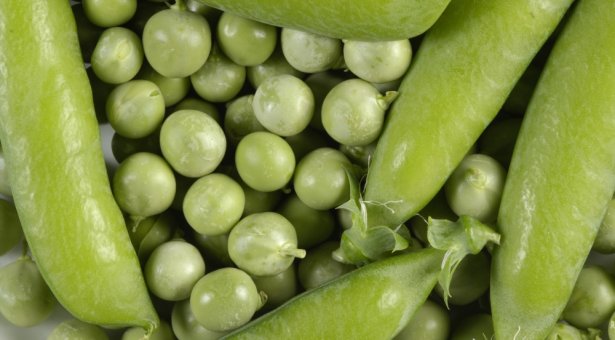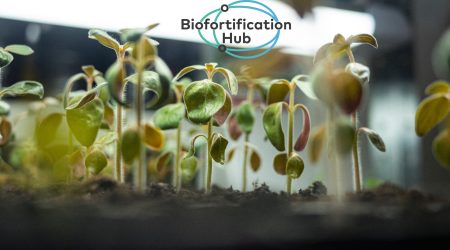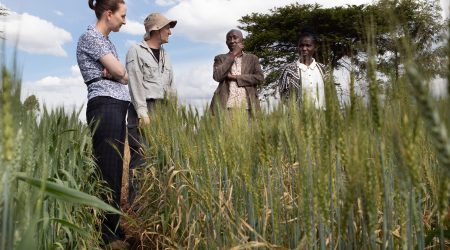Lab identifies photosynthesis protein critical for normal plant growth

Scientists in Professor Claire Domoney’s lab have identified a gene involved in a fundamental process underlying plant growth, and they hope that knowledge of this gene will inform the breeding of healthier, higher yielding crops, including pea.
The group identified a protein in pea called SGR-like (SGRL), a close relative of another protein called SGR which is known to be involved in the breakdown of chlorophyll, for example in leaf colour changes during autumn.
However, their work revealed that unlike SGR, SGRL is actually responsible for the maintenance and recycling of chlorophyll, and plays an important part in maintaining photosynthetic efficiency.
In high light conditions, when photosynthesis is in overdrive, the plant can easily get damaged by the dangerously reactive by-products of photosynthesis, oxygen radicals. These radicals damage the photosystems, which are structures where photosynthesis takes place, and hold, amongst other things, chlorophyll (the pigment which makes plants green).
It was found that in high light pea mutants without the normal SGRL protein had much lower photosynthetic efficiency and consequently had lower height and yield.
With this knowledge of what SGRL does, and its importance to healthy, high-yielding plants, we can start to optimise its form in crops. Scientists are now asking whether they could tweak the protein to increase its efficiency, or find more efficient forms in other species.
The protein appears to be highly conserved in pea varieties, but is distinct from that in other species. By understanding the consequences of this variation, the best variants of this gene could be used in crop breeding programs.
The role of SGR and SGR-like proteins in degrading and maintaining chlorophyll has implications in maintaining a long-term, strong green colour in many vegetables, such as pea, broccoli and salad leaves. Consumer preferences for the colour of vegetables is of such high importance that, in pea, loss of green colour leads to a substantial reduction in value to the grower.
Elucidating the role of SGRL was greatly assisted by using a technique developed by Professor George Lomonossoff, which enables easy and quick transient expression of proteins of interest in Nicotiana benthamiana.
This technique allows constructs of altered genes to be injected into living plant leaves, where they can act in a matter of days. This allowed Professor Domoney and her team to identify the role of SGRL and related proteins very quickly compared to creating mutants traditionally, cross-breeding and growing on for several generations which would have taken at least 18 months.
They hope that this technique will help them in many future investigations, revolutionising the speed at which they can discover the function of many plant genes.
This work was supported by the Biotechnology and Biological Sciences Research Council (BBSRC), the Defra-funded Pulse Crop Genetic Improvement Network (PCGIN), a BBSRC/Defra LINK project (QDiPS) and the EU-funded Grain Legumes Integrated Project.



